Delicious and simple Vegan Upside Down Plum Cake - a vegan plum cake recipe to stun your friends and family! Easy & super tasty creation.
Upside down cakes have already been around for quite some time - at least the pineapple variety - and it's definitely not up for debate how delicious these can be! To change things up, I like to use a slightly different variety of fruit in an upside-down cake, so say hello to this Vegan Upside Down Plum Cake Recipe!
Whilst I'm calling this a 'plum' cake recipe, it would probably more accurate to call it a 'Plumcot' cake, as I've used a very interesting fruit for my topping - or is it the bottom in an upside-down cake? What fruit is that you ask... It's the Metis Plumcot!
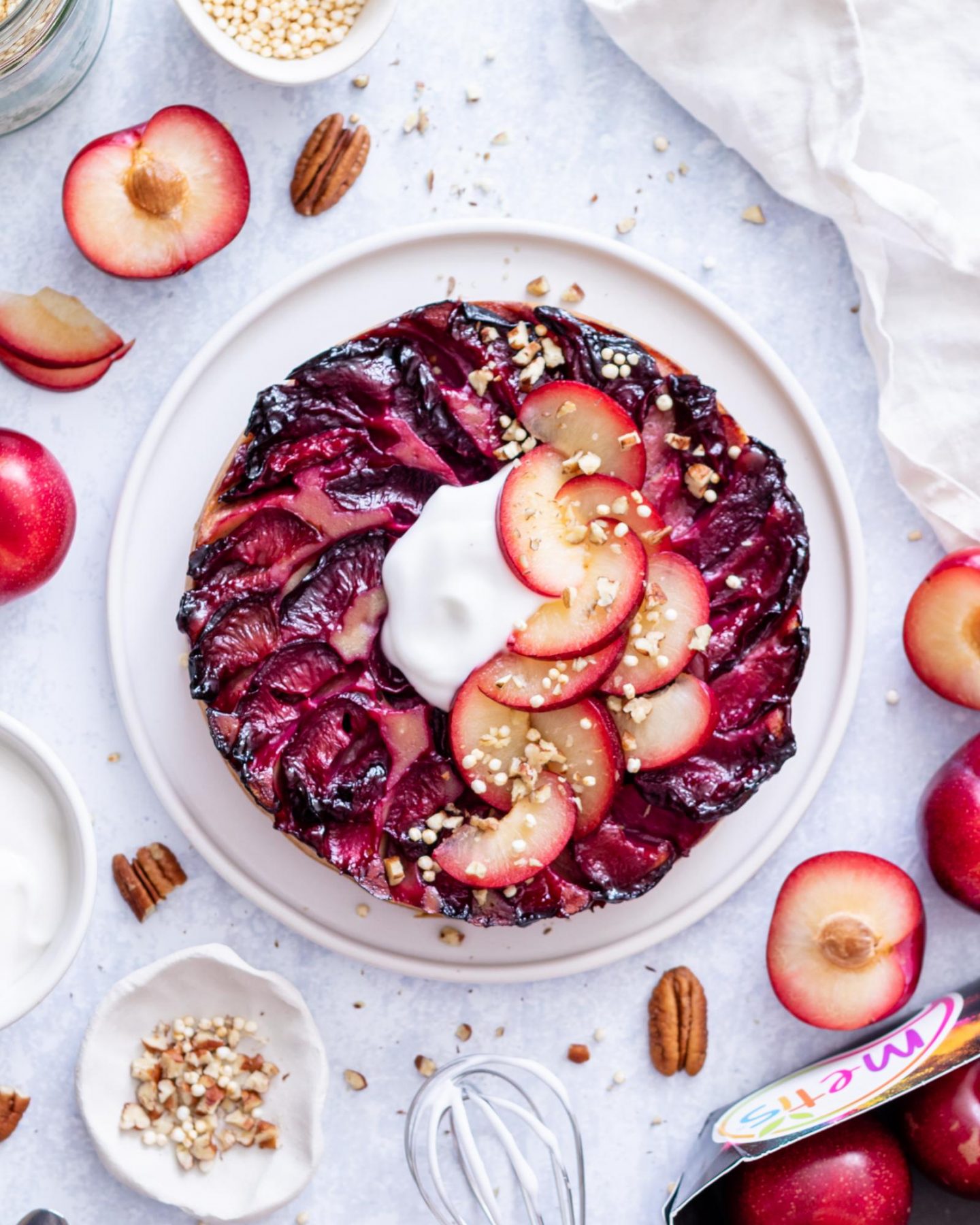
This upside-down cake recipe is:
- 100% vegan
- super fruity
- light and delicate
- absolutely beautiful
- easy to make
- egg-free
- dairy-free
- very summery
Jump to:
If you've never heard of it before, but are intrigued, then read on - however, please know that you can make this cake perfectly with regular plums if you prefer.
On another note, it's worth adding that this cake is fun to create and simply fantastic for occasions such as Mother's Day or an afternoon tea. This recipe has so far created wonderful and delicious results every time!
What are Metis Plumcots?
Metis is actually a combination of a plum and an apricot - which offer the perfect balance between sweetness and acidity in a fruit.
They are grown across the Mediterranean - in France, Italy, and Spain - from June until November (depending on location). The sunny climate they grow in ensures that these plumcots are packed full of flavor and nutrients.
The Metis come in 4 different types which are harvested throughout different months and vary in color and degree of sweetness/sharpness:
- Oxy Solar
- Sunset Sky
- Dark Moon
- Safari Star
For this recipe, I've used the 'Oxy Solar' variation and decorated it with the 'Sunset Sky' (simply for color purposes) - but you can re-create this delicious Vegan Upside Down Plum Cake with any of the variations.
Ingredients
- Plums: I used the 'plumcots' called Metis
- Brown sugar: I like to use the light brown sugar variety, but alternatively you also use coconut sugar
- Vegan Butter or margarine (I used Flora)
- Plain flour
- Baking powder
- Salt
- Coconut oil, melted
- Coconut yogurt
- 3 Aquafaba 'eggs', beaten*
- Cinnamon
- Ginger
- Vanilla extract
Extras
- Coconut oil for greasing the cake pan,
- Plums & coconut yogurt for decoration (it's a delicious addition!)
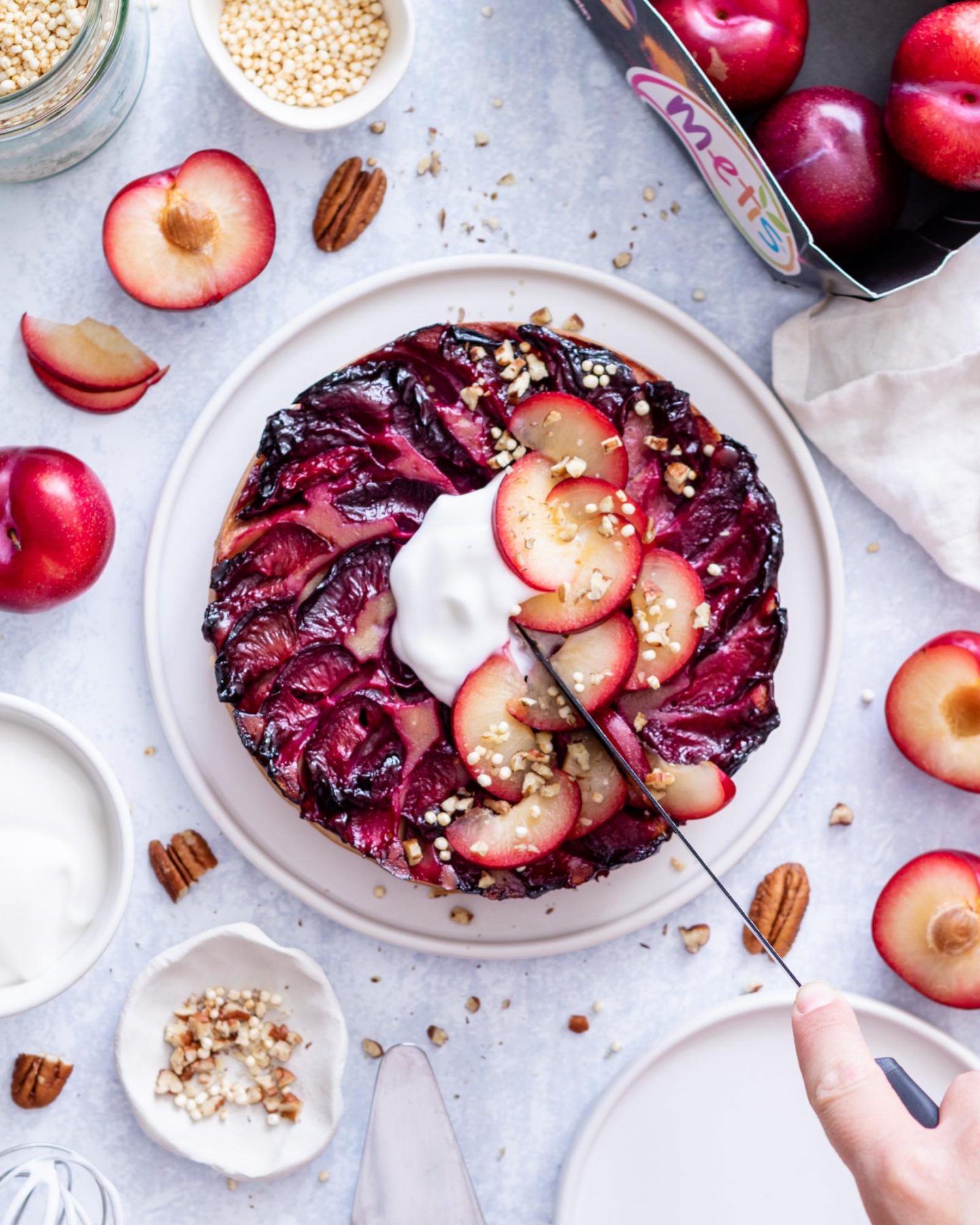
🧑🍳 How to Make Upside Down Plum Cake
The secret to creating a cake upside-down is basically by filling the cake pan with your toppings first, before adding the vegan cake batter. Easier said than done? Well, then let me tell you a little bit more about what you need to know in order to make this vegan plum upside-down cake a success.
- Preheat oven beforehand - this is important to ensure the cake sets perfectly in the baking process!
- You need to start the cake tin with a sprinkle of sugar - this will caramelise in the oven and help hold your fruit together when cooling down later.
- In creating this kind of cake, you need to be aware that whatever goes into the cake tin first, will be decorating your cake top later. So it's wise to spend a little bit of time arranging your fruit in a nice pattern.
- It is important to cover the entire cake tin in a single layer of fruit - otherwise, you will end up with gaps in the decoration.
- When you pour your cake batter, be slow and gentle as the fruit can easily move around if you're too enthusiastic with the batter pour.
- Let your cake cool down for 20-30 minutes before attempting 'the flip'.
- Use a sharp long knife to gently loosen your fruit from the cake tin before flipping.
- Use oven mitts if the cake tin is still warm 😉
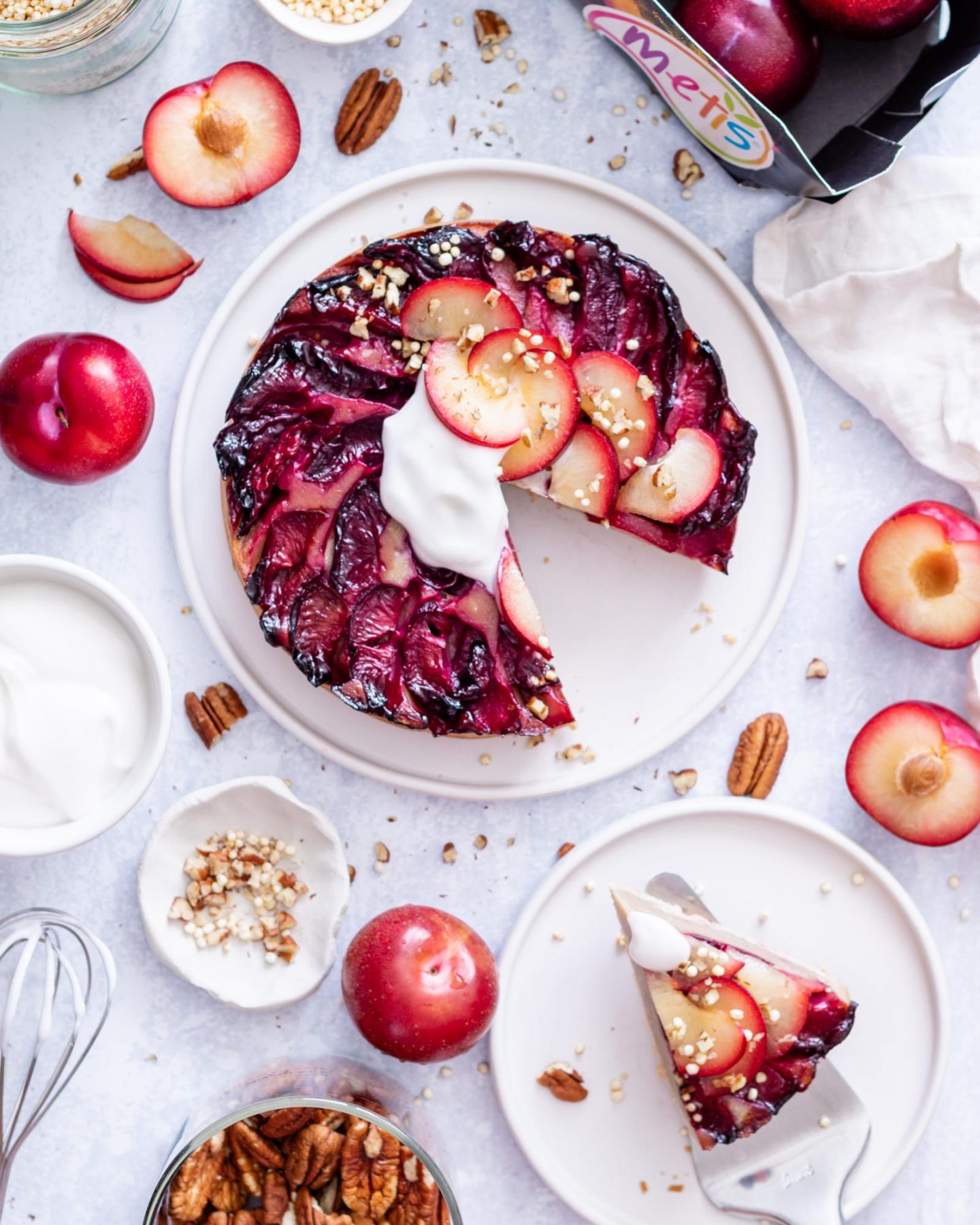
📌 If you love Pinterest you can pin any of the images to your boards!
Creating the Cake Filling
For the cake batter, it is important to work with a non-rising flour mix - after all, you need the cake bottom to be even afterward - hence why I use plain flour in this recipe. Alternatively, you can also use spelt flour.
I recommend using 2 bowls to mix your ingredients - one for the dry ingredients, one for the wet ingredients. This helps evenly distribute the ingredients and avoids any unwanted lumps in the cake.
I particularly love the dense, but with the moist texture in this cake and I've used Aquafaba eggs for this vegan version. If you've never used Aquafaba before: it's basically using the water of a tin of chickpeas (make sure to buy unsalted chickpeas!) and beating it until it becomes fluffy. It's the perfect egg replacer for a variety of baked goods as it stays adds a light texture, and its flavor is easily adjustable by whatever you add to it.
How to Serve Plum Cake
This cake is wonderfully delicious on its own, but there are a few things to serve alongside, that simply take it to the next level!
Here are a few ideas:
- a dollop of coconut yoghurt
- some fresh plum slices on top
- ice cream
- whipped cream
- liquid cream
- a drizzle of maple syrup
- whipped coconut cream
- a drizzle of vegan caramel sauce
Simple swaps for this recipe
Fruits
Upside down cake is fairly versatile and you can use a variety of fruits instead of plums to create a delicious upside-down cake. Here are a few ideas:
- pineapple
- peaches
- blueberries
- apples
- nectarines
- oranges
- lemons
- apricots
- banana slices
- pear
- cherry
Sugar
I've used light brown sugar for this recipe, but you can swap it out for either granulated sugar or coconut sugar (for a more natural alternative).
The sugar sprinkled into the cake pan can also be replaced with a generous drizzle of maple syrup.
Yoghurt
For this upside-down cake recipe, I've used coconut yogurt as I simply love how thick and creamy it is. If you're using a different type of yogurt, potentially one that's more liquid than coconut yogurt, then simply only add ⅔ of the amount to the recipe as the batter might otherwise be too wet.
Flour
The best flour to use for this cake recipe is plain flour. As you want a smooth surface when flipping the cake I advise not to swap it for self-raising flour, but you can use spelt flour instead.
Oil
For the flavor of this recipe, I like to use coconut oil as I find it complements the other flavors very well. If you're not a fan of the coconut-ty taste, I recommend either using refined coconut oil (which is often not very strong in flavor) or a flavor-neutral oil such as rapeseed or avocado.
Frequently Asked Questions
I have to admit I've not tried making this recipe gluten-free myself, but considering that gluten-free flour mixes are a slightly different component in cooking, I can only imagine that a 1-1 replacement would not result in a similar cake texture. Therefore, I can only recommend you experiment when attempting to make this recipe gluten-free.
You can replace the plain flour with spelt flour if you're looking to add some more nutrition to the flour part of the cake.
Aquafaba is created from the 'bean juice' that comes with a tin of chickpeas! It's a magical ingredient and I often use it in vegan baking. To create the aquafaba, drain a tin of chickpeas, over a large mixing bowl and a fine-mesh strainer. Use a hand mixer or a stand mixer with a whisk attachment to 'beat' the chickpea water until it forms white, fluffy peaks. This will take around 5-10 minutes.
To create the aquafaba, drain a tin of chickpeas, over a large mixing bowl and a fine-mesh strainer. Use a hand mixer or a stand mixer with a whisk attachment to 'beat' the chickpea water until it forms white, fluffy peaks. This will take around 5-10 minutes.
One thing that's super important is to ensure that there is no oil or fat residue in the bowl or on the whisk as that will prevent the aquafaba from forming stiff peaks. Once the whist peaks are stiff, your aquafaba is ready and you can continue with the recipe as usual. For 2 aquafaba 'eggs', scoop 2 heaped tablespoons of the fluffy mix into your cake batter.
If you want to keep some slices for later, you can totally freeze this cake - I recommend freezing the individual slices as it makes it easier to portion it instead of having to defrost the entire cake at once.
Before enjoying a slice simply defrost it for at least 1 hour at room temperature.
The baking time of this cake can slightly vary depending on your oven, so please feel free to adjust your baking time and place the cake back into the oven at a slightly lower temperature for a longer time.
To test if your cake is done, simply check it with a skewer - when it comes out clean, your cake is ready!
For the deliciously moist texture in this cake, I like to use coconut yogurt both inside the wet ingredients for the recipe, as well as on top. It's wonderful to serve this vegan cake with a delicious dollop of coconut yogurt on top. It's a creamy and healthier alternative to using whipped cream, hence why I like to use it to serve.
Alternatively, you can also serve a slice of this cake alongside ice cream - delicious!
Yes, absolutely! Grease your cake tin, and add your batter, just be aware that the fruit will partially sink into your batter when adding it on top, so you might instead want to make it as a cake that has the fruit integrated instead of decorated on top. Not as impressive visually, but still delicious!
Yes, feel free to half or double the cake recipe, however, you will need to adjust your baking time depending on the thickness of the cake you create. It might not be a straight-forward half/double, so I recommend staying nearby and checking the cake with a toothpick regularly to check when it's done.
In general: yes, however, I imagine it would be quite difficult to flip the cake, so it's not something I would recommend.
Did you make this recipe? If so, will you do me a huge favor and leave a review and rating & let me know how you liked this recipe? THANK YOU! ❤️
You might also enjoy these recipes:
Love fresh summer bakes? Definitely try making my No Bake Vegan Strawberry Cheesecake or my Vegan Strawberry Shortcake!
📖 Recipe Card
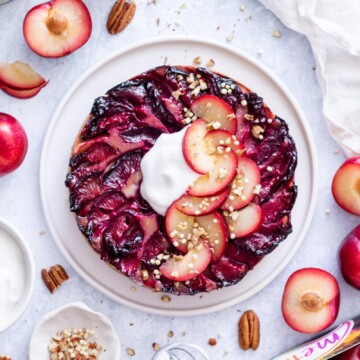
Vegan Plum Upside Down Cake
Equipment
- 1 7-inch cake tin
- 1 electric hand mixer
- 2 mixing bowls
Ingredients
- 4 plums I used plumcots
- 1 tablespoon brown sugar (14 g)
- 2 tablespoon vegan butter or margarine (29 g) I used Flora
- 1.5 cups all-purpose flour (200 g)
- ¼ cups brown sugar (60 g)
- 1 teaspoon baking powder
- 1 pinch salt
- ⅓ cup coconut oil (90 g) melted
- ½ cup coconut yogurt (150 g)
- 3 tablespoon aquafaba "eggs" see notes
- ½ teaspoon ground cinnamon
- ¼ teaspoon ground ginger
- 1 teaspoon vanilla extract
Instructions
- Preheat your oven to 180C, then start by cutting your plums into thick slices. Lightly grease a 7'' cake tin (I used 1 teaspoon coconut oil to do so) and sprinkle 1 tablespoon of brown sugar across the bottom.
- Tightly place the plum slices on the bottom of the cake tin, drizzle with the melted vegan butter/margarine, then place the tin in the pre-heated oven for 10 minutes.
- In the meantime prepare your cake batter: Beat the Aquafaba eggs, then blend in the rest of your liquid ingredients: coconut oil, coconut yogurt, vanilla extract. Lastly add in the spices.
- In a separate bowl combine the flour, brown sugar, baking powder and salt, then gently combine the dry and wet ingredients and pour them carefully onto the plums in your cake tin.
- Transfer the cake to the oven for about 40-50 minutes. Ideally check the cake with a toothpick after 40 minutes and adjust the baking time accordingly as it can depend on your oven.
- Once your cake is done, remove the tin from the oven and let the cake cool down for 10 minutes before carefully removing the cake ring. Place a serving plate onto the cake and swiftly turn the cake around. Use a knife to help remove the bottom of the cake tin.
- Decorate with coconut yogurt and plums before serving and keep the cake in the fridge, if you’re keeping it overnight for up to 2 days.
Notes
- For pouring the batter into your cake tin, I'd recommend using a big spoon and adding the batter bit by bit, in order to keep the plums from moving around on the bottom of the tin.
- Aquafaba is made out of chickpea water, that is beaten until foamy. Make sure to use organic and unsalted chickpea water for this recipe, as you might otherwise find a salty flavour in your cake (which I wouldn't recommend, ha!)
If you're feeling inspired to create some deliciousness for friends & family, check out the vegan cakes & bakes section of my website - here are some of my favorite recipes:
- Vegan Blueberry Cheesecake Muffins
- Low Carb Chocolate Protein Cookies
- Vegan Buttermilk Doughnuts (Gluten Free)
- Vegan Cream Cheese Swirl Brownies
© 2025 Romy London / Romina Callwitz | All images, videos, wordings and content are copyright protected and belong to Romina Callwitz. Please do not use any of my content without prior permission. If you wish to re-publish any (part of my) content, please get in touch via email. Thanks for your support!
*Disclosure: This page may contain affiliate links and sponsored links that earn me a small commission, at no additional cost to you. You can find more information in my Privacy Policy.


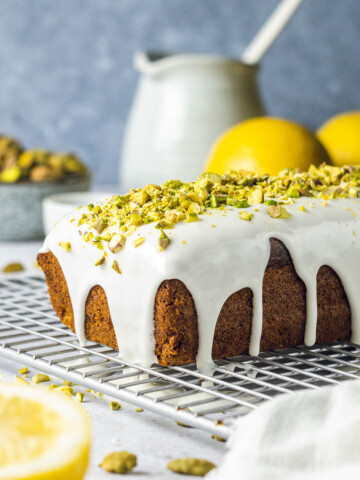
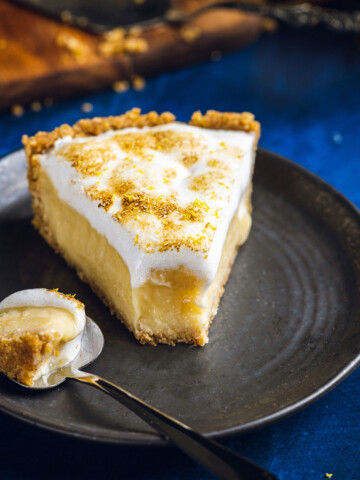
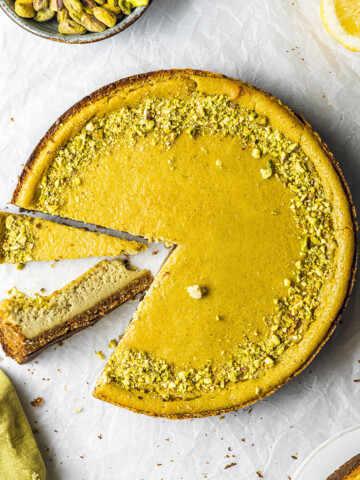
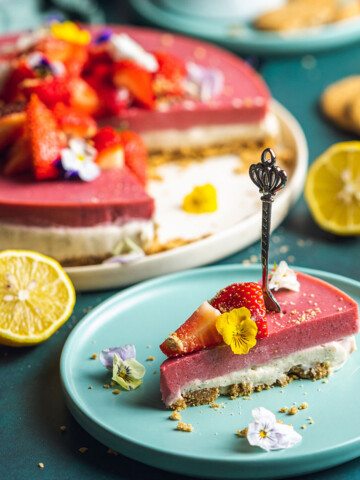
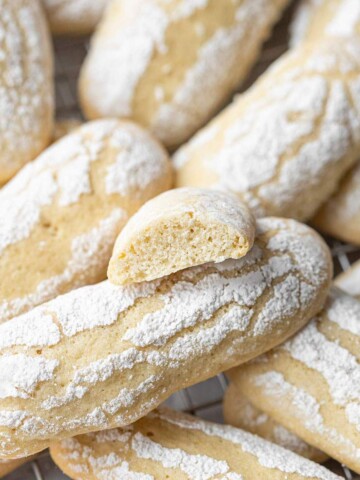

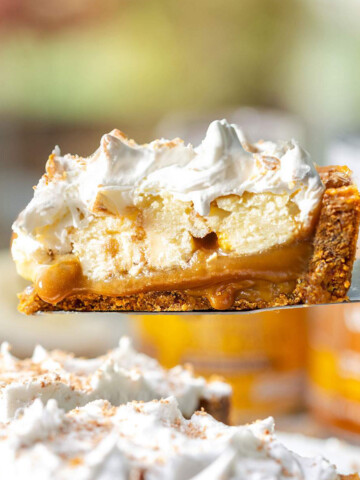

💭 Leave a Comment